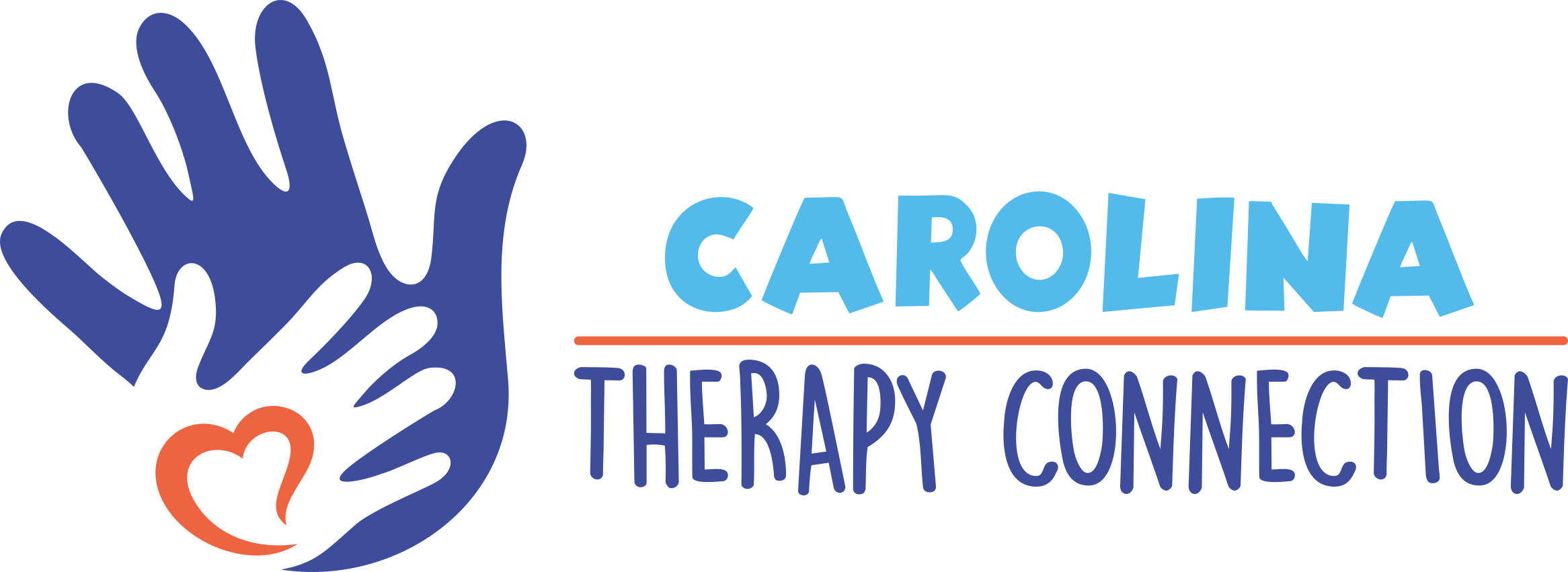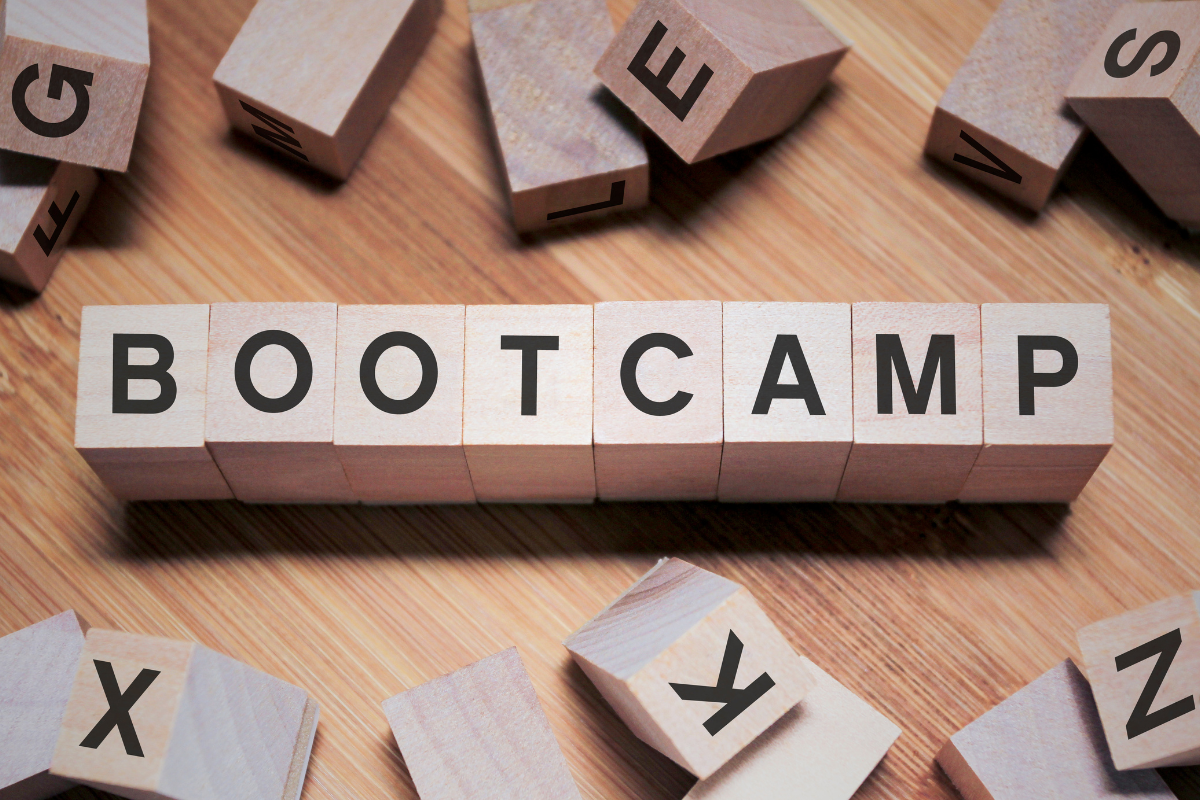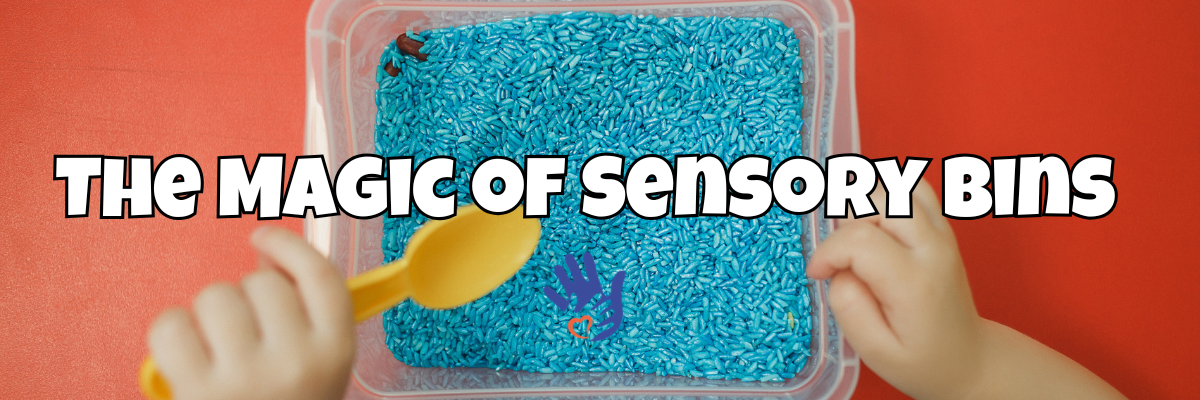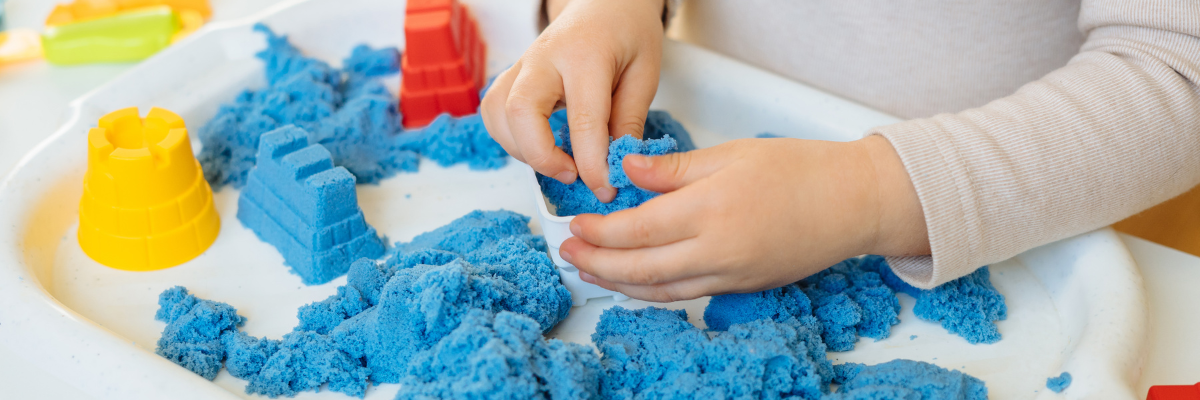Revolutionizing Pediatric Therapy: Introducing Galileo KIDS
At Carolina Therapy Connection, we’re dedicated to providing the most innovative tools and techniques to help children reach their full potential. That’s why we’re excited to offer Galileo KIDS, a cutting-edge therapy device designed to support children across multiple developmental and therapeutic goals. Whether your child is working on physical, occupational, or speech therapy, this technology can be a game-changer!
What is Galileo KIDS?
Galileo KIDS is a whole-body vibration therapy platform specifically designed for children. This scientifically developed device uses side-alternating oscillations to mimic natural movement patterns, engaging muscles and stimulating the neuromuscular system. The platform is customizable, allowing therapists to adjust the intensity to meet the specific needs of each child.
Originally developed for medical and therapeutic use, the Galileo system has been backed by extensive research demonstrating its effectiveness in:
- Improving muscle strength and tone
- Enhancing balance and coordination
- Supporting bone density and joint flexibility
- Boosting circulation and reducing spasticity
This evidence-based approach makes it an invaluable tool across various therapy disciplines.
How is Galileo KIDS Used in Therapy?
Physical Therapy:
The Galileo KIDS is a powerful tool for building strength and mobility. It activates the stretch reflex, a natural muscle contraction, at a much faster rate than traditional exercise. This can help children:
- Develop core strength and stability
- Improve balance and gait/walking patterns
- Enhance flexibility and range of motion/movement
- Manage conditions like cerebral palsy, muscular dystrophy, or hypotonia
Occupational Therapy:
For children working on fine motor and sensory integration, the Galileo KIDS provides unique opportunities for growth. The gentle vibrations help:
- Regulate sensory processing and calm overstimulation
- Improve hand-eye coordination through targeted activities
- Strengthen hand, wrist, and shoulder muscles critical for daily tasks like writing, dressing, or eating
Speech Therapy:
While vibration therapy might not seem directly tied to speech, it can play an essential role in improving motor control and posture, which are foundational for effective communication. Therapists use Galileo KIDS to:
- Enhance core strength for better breath control and vocal projection
- Address oral motor coordination through improved posture and alignment
- Support neurological pathways critical for speech and language development
Why Choose Galileo KIDS for Your Child?
The benefits of Galileo KIDS go beyond its cutting-edge technology. It’s:
- Engaging: Children enjoy the dynamic, interactive nature of the platform.
- Time-Efficient: Sessions are short but highly effective, with benefits often noticeable after just a few uses.
- Safe: Built with children in mind, Galileo KIDS offers gentle yet impactful therapy tailored to each child’s age and ability.
- Versatile: With applications across multiple therapy disciplines, it provides a holistic approach to supporting your child’s development.
Research-Backed Results
Studies have shown that whole-body vibration therapy can improve strength, bone density, and motor function in children with neuromuscular disorders and other developmental challenges. Its proven ability to enhance sensory processing and reduce spasticity makes it a trusted tool in modern pediatric therapy.
Experience Galileo KIDS at Carolina Therapy Connection
We’re proud to bring this innovative therapy device to our clinic. Whether your child is working on gross motor skills, fine motor coordination, or speech development, Galileo KIDS offers a fun, effective way to support their journey. This service is covered under insurance when used as part of a therapeutic treatment program.
Ready to learn how Galileo KIDS can benefit your child? Contact us today to schedule a consultation and see this remarkable tool in action. Together, we’ll help your child grow stronger, more confident, and ready to take on the world!










